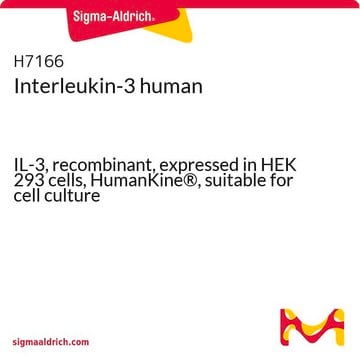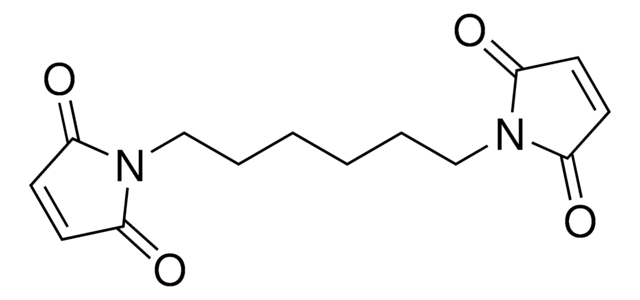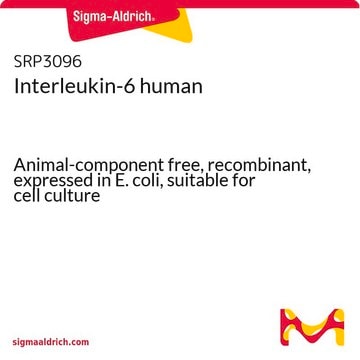SML1183
BMH-21
≥98% (HPLC)
Synonim(y):
N-[2-(Dimethylamino)ethyl]-12-oxo-2H-benzo[g]pyrido[2,1-b]quinazoline-4-carboxamide
About This Item
Polecane produkty
Poziom jakości
Próba
≥98% (HPLC)
Postać
powder
kolor
faint yellow to dark orange
rozpuszczalność
DMSO: 1 mg/mL, clear (warmed)
temp. przechowywania
2-8°C
ciąg SMILES
O=C(N(C=CC=C1C(NCCN(C)C)=O)C1=N2)C(C2=C3)=CC4=C3C=CC=C4
InChI
1S/C21H20N4O2/c1-24(2)11-9-22-20(26)16-8-5-10-25-19(16)23-18-13-15-7-4-3-6-14(15)12-17(18)21(25)27/h3-8,10,12-13H,9,11H2,1-2H3,(H,22,26)
Klucz InChI
BXYDVWIAGDJBEC-UHFFFAOYSA-N
Opis ogólny
Zastosowanie
Działania biochem./fizjol.
Hasło ostrzegawcze
Warning
Zwroty wskazujące rodzaj zagrożenia
Zwroty wskazujące środki ostrożności
Klasyfikacja zagrożeń
Acute Tox. 4 Oral
Kod klasy składowania
11 - Combustible Solids
Klasa zagrożenia wodnego (WGK)
WGK 3
Temperatura zapłonu (°F)
Not applicable
Temperatura zapłonu (°C)
Not applicable
Certyfikaty analizy (CoA)
Poszukaj Certyfikaty analizy (CoA), wpisując numer partii/serii produktów. Numery serii i partii można znaleźć na etykiecie produktu po słowach „seria” lub „partia”.
Masz już ten produkt?
Dokumenty związane z niedawno zakupionymi produktami zostały zamieszczone w Bibliotece dokumentów.
Nasz zespół naukowców ma doświadczenie we wszystkich obszarach badań, w tym w naukach przyrodniczych, materiałoznawstwie, syntezie chemicznej, chromatografii, analityce i wielu innych dziedzinach.
Skontaktuj się z zespołem ds. pomocy technicznej









